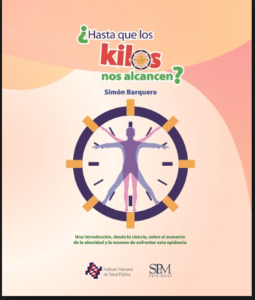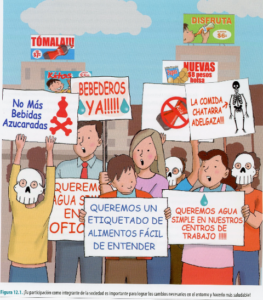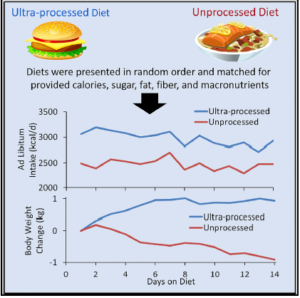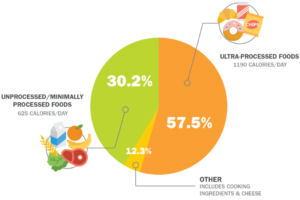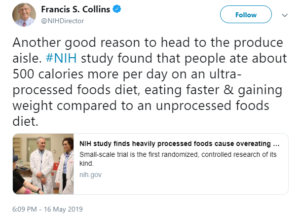The latest on CBD edibles and supplements
NutraIngredients.com, one of those informative industry newsletters I subscribe to, has a collection of articles on CBD (cannabidiol, the component of hemp and marijuana that does not make you high but may have some health benefits).
Manufacturers are rushing to produce CBD edibles and supplements, despite concerns about their legal status, as you can see here.
- CBD startup’s mission to become ‘the Unilever of the Cannabis industry’: The founders of a British CBD tea startup are on a mission to become ‘the Unilever of the cannabis Industry’ with truly natural and organic innovations to appeal to the ethos of cannabis consumers… Read
- Germany identified as future pacesetter in buoyant European CBD market: The European cannabidol (CBD) market is set to blossom over the next four years, according to a market intelligence firm, who also predict that Germany’s growth will outpace that of other EU countries… Read
- CBD trade group mounts legal action to challenge possible FSA reclassification: A trade association for the UK’s cannabis industry announces its intentions to sue the country’s Food Standards Agency (FSA) over moves to classify cannabidiol (CBD)-containing products as a ‘novel food.’.. Read
- Hemp world takes steps toward legitimacy, but still has need for growth: The hemp and CBD industry seems to be taking a step toward ‘adulthood,’ based on a visit to a recent expo… Read
- Flood of synthetic cannabinoids threatens to undermine CBD market, experts say: The hemp/CBD industry is being threatened by so-called synthetic cannabinoids that are flooding the market, attendees at a recent botanicals conference were told… Read
- CBD regulation: Global clampdown or treading a careful path to acceptance? The interest in cannabidiol (CBD) use in food supplements, foods, and even as an ingredient in cosmetics has gained much momentum in the past five years, but what is the regulatory situation around the world?.. Read
- ‘Think of yeast as a factory…’ Microbial fermentation can deliver CBD with consistent purity at a lower cost, says Demetrix: While some natural products brands are only interested in CBD from hemp or marijuana plants, the market for cannabinoids produced via microbial fermentation is potentially huge, as the pesticide-free process delivers higher yields and consistent purity at a “substantially lower cost,” claims one company on a mission to lead this emerging field… Read
- Updated EC ruling for CBD classes supplement ingredient as Novel Food: The European Commission (EC) has reclassified cannabidiol (CBD) as a Novel Food in a change that may mean CBD and hemp-derived food supplements cannot be legally sold within Europe… Read
- Indecision reigns over current CBD Novel Food status as industry groups clash with authorities: Evidence presented at the Novel Food Commission meeting this week has triggered a rethink for authorities over the decision to classify Cannabidiol (CBD) as a novel food (NF)… Read
- CBD frustration: Aussie supplement firms thwarted by rules while pharma advances march on: Pharmaceutical firms are making strides in the Australia’s medical cannabis space, but supplement and nutraceutical firms will have to wait a long time before they can do the same, says an industry expert… Read
And from this and other sources
- Will CBD-infused snacks help Mondelēz regain traction in its developed markets? The multinational snack maker is in the early stages of assessing how CBD could fit into its future product portfolio, according to CEO Dirk Van Put… Read
- Supplements and beyond: CBD industry on cusp of cannabis revolution. WATCH.
- CBD entering food and drink at an “astounding pace,” report says.
- Supplements and beyond: CBD industry on cusp of cannabis revolution – WATCH: The European Commission’s decision to classify cannabidiol (CBD)-containing products as a ‘novel food,’ continues to irk those in the sector as the nutrition industry gather once more for Vitafoods… Watch now
- Mexico’s cannabis future? Right now it’s a ‘standby situation’, says expert: The future of cannabis in foods and supplements remains unclear for Mexico following the revocation of guidelines without any next-step plan, but a new regulatory instrument should come soon, says the MD of DPE International Consulting… Read
- Could CBD supplementation help curb heroin cravings? Cannabidiol (CBD) might have a role in helping to break the cycle of heroin addiction, according to research from the Icahn School of Medicine at Mount Sinai, New York… Read
- FDA’s Cannabis hearing to draw more than 140 speakers.
- ‘The landscape for cannabis in food’ An educational session at this year’s Sweets & Snacks Expo on the interest in cannabis-derived products came with a warning from the organizers that exhibitors were not allowed to sell any such products, which shows how controversial a trend it is. A panel of experts attempted to pick their way through the legal minefield… Read

